Fragrance concentration refers to the strength and longevity of a scent, determining how long it lasts on the skin. It varies from essential oils to Eau Fraîche, impacting both longevity and personal preference.
1;1 Understanding Fragrance Strengths
Fragrance strength refers to the concentration of aromatic compounds in a perfume, determining its intensity and longevity. Common strengths include Parfum, Eau de Parfum, Eau de Toilette, and Eau de Cologne, each with varying levels of essential oils. Higher concentrations last longer and are more potent, while lighter ones fade faster. Understanding these strengths helps in choosing scents that suit personal preferences and occasions, ensuring the fragrance lasts as desired without being overpowering.
1.2 Importance of Concentration in Perfumery
Fragrance concentration is vital in perfumery as it determines the scent’s longevity, intensity, and overall impact. Higher concentrations contain more essential oils, resulting in stronger, longer-lasting fragrances, while lighter ones fade quickly. Concentration levels influence personal preferences, making it essential for perfumers to balance potency and subtlety. Proper concentration ensures the fragrance is neither overwhelming nor fleeting, enhancing wearer satisfaction and sensory experience. This balance is crucial for creating memorable and appealing scents in perfumery.
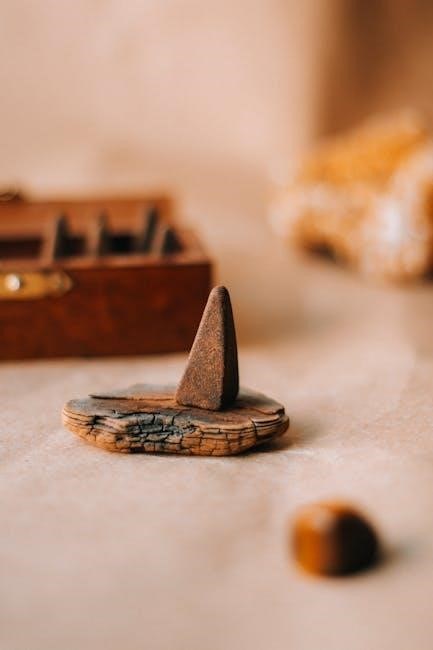
Types of Fragrance Concentrations
Fragrance concentrations vary in strength and longevity, ranging from Parfum to Eau Fraîche. Each type offers unique characteristics, catering to different preferences and occasions, ensuring versatility in application.
2.1 Parfum (Extrait de Parfum)
Parfum, or Extrait de Parfum, is the strongest fragrance concentration, typically containing 15-40% essential oils. It offers exceptional longevity, often lasting 8-12 hours, making it ideal for special occasions. Due to its potency, only a small amount is needed, usually applied directly to pulse points. This concentration is prized for its rich, complex scent profile and is often considered a luxury option, perfect for those who desire a long-lasting, intense fragrance experience with minimal application.
2.2 Eau de Parfum (EDP)
Eau de Parfum (EDP) is a popular fragrance concentration, containing 10-15% essential oils. It offers a balance between strength and subtlety, lasting approximately 6-8 hours. EDP is versatile, suitable for everyday use, and often applied to pulse points. Its moderate longevity makes it ideal for those who prefer a noticeable scent without overwhelming intensity. This concentration is widely available and remains a favorite for its blend of quality and affordability, catering to various preferences and occasions with ease and elegance.
2.3 Eau de Toilette (EDT)
Eau de Toilette (EDT) contains 5-15% essential oils, offering a lighter and fresher scent compared to EDP. It typically lasts 2-4 hours, making it ideal for everyday use or casual occasions. EDT is often used during warmer seasons due to its uplifting and citrusy notes. Its lower concentration makes it less intense, appealing to those who prefer a subtle fragrance. This concentration is widely popular for its versatility and affordability, suitable for both day and evening wear with a gentle, refreshing presence.
2.4 Eau de Cologne (EDC)
Eau de Cologne (EDC) contains 3-5% essential oils, offering a light, fresh, and citrusy scent; Originating in Cologne, Germany, it is characterized by its uplifting aroma. EDC is ideal for everyday use, providing a subtle fragrance that lasts up to 2 hours. Its lower concentration makes it perfect for those who prefer a delicate scent or need a refreshing touch during the day. EDC is versatile and often chosen for its invigorating properties, making it a popular choice for casual wear.
2.5 Eau Fraîche
Eau Fraîche is the lightest fragrance concentration, typically containing 1-3% essential oils. It offers a subtle, refreshing scent with minimal longevity, lasting about 1-2 hours. This concentration is perfect for those preferring a delicate aroma or for use in warmer climates. Eau Fraîche often features citrus or floral notes, providing a clean and airy feel. Its low concentration makes it ideal for everyday wear without overwhelming the senses, appealing to individuals seeking a gentle, non-persistent fragrance experience. Its subtle nature suits sensitive skin or casual settings beautifully.
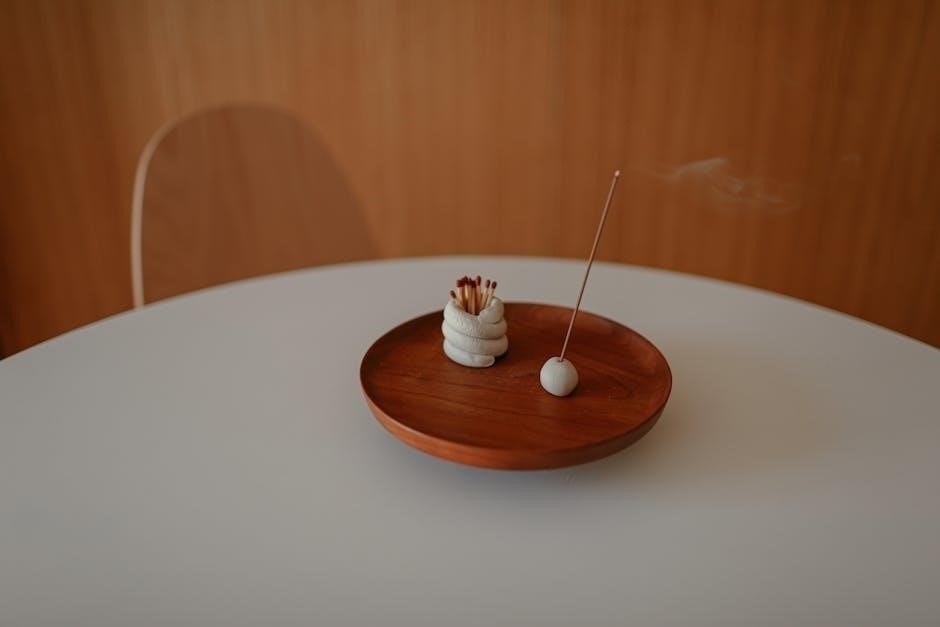
Factors Influencing Fragrance Concentration
Fragrance concentration is influenced by essential oils, synthetic ingredients, longevity, skin type, and personal chemistry, shaping how scents evolve and last on the skin or in the air.
3.1 Essential Oils vs. Synthetic Fragrances
Essential oils, derived from plants, offer natural, complex scents with varying strengths and longevity. Synthetic fragrances, created in labs, provide consistency and precision, often lasting longer and projecting further. Both are used in perfumery to achieve desired concentration levels, with essential oils being more volatile and synthetic options offering stability and versatility in fragrance formulations.
3.2 Longevity and Projection
Longevity refers to how long a fragrance lasts on the skin, while projection determines how far the scent diffuses. Higher concentrations, like Parfum, typically offer greater longevity and projection due to their higher essential oil content. Lighter concentrations, such as Eau de Toilette, fade faster and project less. The balance between these factors depends on fragrance type, personal preference, and occasion, making concentration levels a key consideration in scent selection and application.
3.3 Skin Type and Personal Chemistry
Skin type and personal chemistry significantly influence how fragrances perform. Oily skin tends to retain scents longer, while dry skin may cause them to fade quickly. Higher concentrations, like Parfum, are often preferred for oily skin due to their longevity, whereas lighter options, such as Eau de Toilette, are more suitable for dry or sensitive skin. Personal chemistry alters the way fragrances smell on individuals, making it essential to test and choose concentrations that complement one’s unique biology for optimal results and satisfaction.
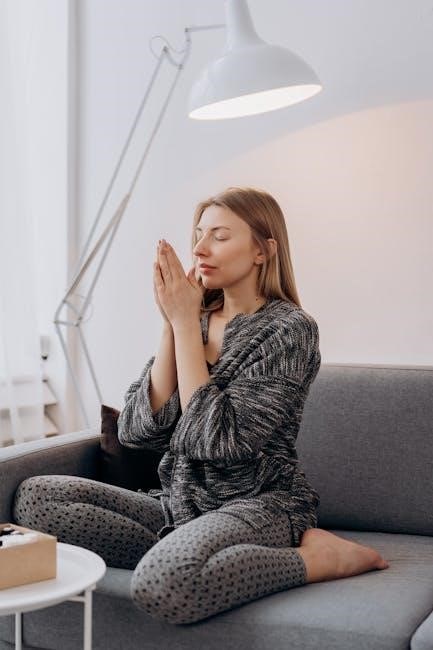
Usage Guidelines for Different Concentrations
Higher concentrations like Parfum are ideal for evening events, while lighter options such as Eau de Toilette suit daytime use. Always consider skin type and personal preference when selecting fragrance strength for optimal results and longevity.
4.1 Application Tips for Higher Concentrations
Apply higher concentrations like Parfum or Eau de Parfum sparingly, focusing on pulse points such as wrists and behind the ears. Avoid overuse, as strong scents can overpower. Use gentle dabs instead of rubbing to preserve fragrance integrity. For longer-lasting results, layer with complementary body products. Optimal application ensures the scent evolves naturally throughout the day without overwhelming others. Proper technique enhances both longevity and sillage.
4.2 When to Choose Lighter Concentrations
Lighter concentrations, such as Eau de Toilette or Eau de Cologne, are ideal for everyday use, casual settings, or warmer weather. They are less intense and fade more quickly, making them suitable for those with sensitive skin or who prefer a subtle scent. These concentrations are perfect for daytime wear, office environments, or situations where a delicate fragrance is more appropriate. They offer a fresh, understated aroma without overwhelming the senses, ensuring a pleasant yet unobtrusive presence.
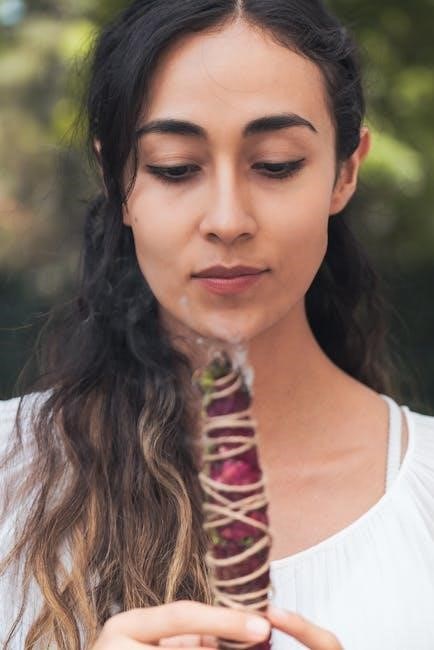
How to Determine Your Personal Preference
Test different fragrances on your skin to observe longevity and projection. Consider your lifestyle, preferences, and occasions. Seasonal variations also influence choices, as lighter scents suit summer, while richer ones are ideal for winter.
5.1 Testing Fragrances
When testing fragrances, apply a small amount to pulse points and wait for the scent to evolve. Spray on skin, not paper, as fragrance interacts with body chemistry. Test in a calm environment to avoid sensory overload. Consider longevity by checking how long the scent lasts. Note how top, middle, and base notes develop. This process helps identify preferences and ensures compatibility with your skin type and personal chemistry.
5.2 Seasonal Variations in Fragrance Choice
Seasonal changes influence fragrance preferences, with lighter concentrations like Eau Fraîche and Eau de Cologne often chosen for summer due to their refreshing quality. In contrast, richer scents like Parfum and Eau de Parfum are favored in winter for their warmth and longevity. Skin type and personal chemistry also vary with seasons, affecting how fragrances settle. Lighter options suit oily skin in summer, while drier winter skin may prefer richer formulations for better retention and comfort.
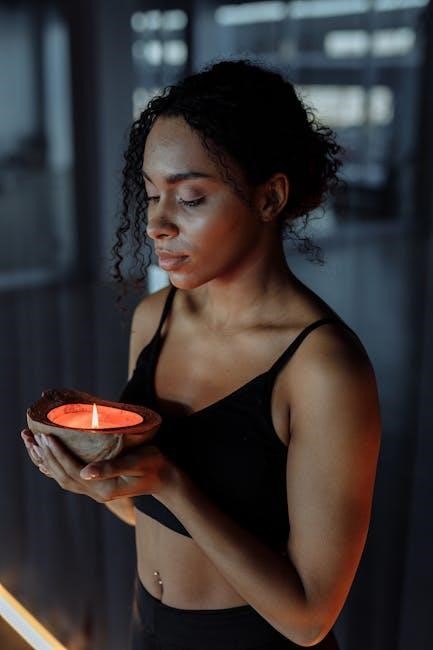
The Difference Between Fragrance Concentration and Fragrance Type
Fragrance concentration refers to the strength and longevity of a scent, while fragrance type describes the scent family, such as floral or woody. They are distinct concepts.
6.1 Concentration vs. Fragrance Families
Fragrance concentration determines the strength and longevity of a scent, while fragrance families categorize scents into groups like floral, woody, or oriental. These are separate but interconnected concepts, as concentration affects how a fragrance’s notes are perceived over time. Understanding both helps in selecting perfumes that align with personal preferences and occasions, ensuring the scent lasts as desired and its character remains appealing throughout its duration.
Tips for Layering Fragrances
Layering fragrances involves combining different scents to create a unique blend. Start with a base note, then add lighter concentrations for depth and complexity, allowing personal experimentation.
7.1 Combining Concentrations for Unique Scents
Combining fragrance concentrations can create complex, personalized scents. Start with a base like Parfum for depth, then layer lighter concentrations such as EDP or EDT for freshness. This method allows for customization, enhancing longevity and projection while maintaining uniqueness. Experiment with complementary notes to craft a signature fragrance that reflects individual style and preference, ensuring the blend is balanced and harmonious.
Fragrance Concentration and Seasonal Use
Fragrance concentration varies with seasons. Lighter concentrations like Eau de Toilette are ideal for summer, while richer Parfum suits winter, adapting to weather and skin type.
8.1 Winter vs. Summer Fragrance Preferences
Seasonal preferences influence fragrance choices. In winter, richer concentrations like Parfum (15-30% essential oils) are favored for their warmth and longevity, complementing colder weather. Summer leans toward lighter options, such as Eau de Toilette or Eau Fraîche, which offer freshness without heaviness. Skin type and weather conditions also play a role, as lighter scents are less likely to overpower in heat, while deeper notes provide comfort in colder months.
Budget Considerations in Fragrance Concentration
Fragrance concentration significantly impacts cost. Higher concentrations, like Parfum, are more expensive due to higher essential oil content. Lower concentrations, such as Eau de Toilette, offer affordability.
9.1 Cost Implications of Higher Concentrations
Higher fragrance concentrations, such as Parfum, are typically more expensive due to the increased amount of essential oils used. These oils are costly to source and extract, driving up the final product’s price. Additionally, the complexity of blending high-concentration fragrances often involves rare ingredients, further elevating costs. Consumers seeking long-lasting scents may find these products worth the investment, but they should be prepared for a higher price point compared to lighter concentrations like Eau de Toilette or Eau de Cologne.
Fragrance Concentration and Longevity
Fragrance concentration determines longevity. Higher levels contain more essential oils, lasting longer on the skin, while lower concentrations fade faster due to higher alcohol content.
10.1 How Concentration Affects Scent Duration
Higher fragrance concentrations, like Parfum, contain more essential oils, resulting in longer-lasting scents. Lower concentrations, such as Eau Fraîche, have less oil and fade faster due to higher alcohol content. The potency and duration of a fragrance are directly tied to its concentration level, with stronger formulations lingering on the skin for several hours and lighter ones dissipating more quickly. This relationship between concentration and longevity helps users choose the right strength for their needs.

Fragrance Concentration and Projection
Fragrance concentration directly impacts projection, with higher concentrations like Parfum offering stronger diffusion and sillage. Lower concentrations, such as Eau de Toilette, project less intensely but remain subtle.
11.1 Understanding Sillage and Throw
Sillage refers to the trail of fragrance left behind, while throw describes how far the scent projects from the body. Higher concentrations, like Parfum, offer greater sillage and throw, lasting longer and diffusing more intensely. Lower concentrations, such as Eau de Toilette, have lighter projection and dissipate faster. Factors like fragrance type, skin chemistry, and environmental conditions influence these aspects. Testing a scent on skin helps determine its sillage and throw, ensuring it suits personal preferences and occasions.